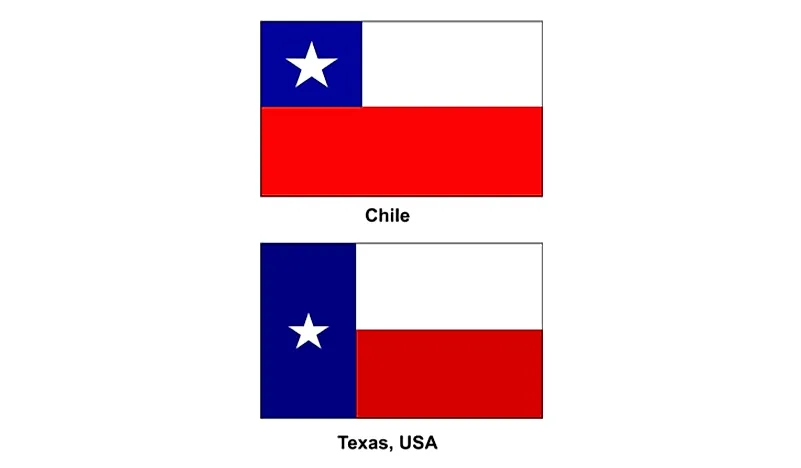The flag of Japan consists of a white rectangular field, centred by a crimson-red disc. The modern flag of Japan is known as the Nisshoki, or “sun-mark flag”, as well as the Hinomaru, or the “circle of the sun”. The original design of this flag has been used since 1870 as the flag of the Empire of Japan and the Japanese state, but there are historical accounts of the flag being used as early as 701 AD. The Act on National Flag and Anthem was ratified on 13 August 1999, and this is legislation that allowed formal adoption of a national flag as well as a national anthem. Before this law was enabled, Japan had no official flag or national anthem.
The sun has an important place in Japanese culture, and the country even has the nickname “land of the rising sun”. The crimson/red disc in the centre of the Japanese flag represents the sun rising as it is seen from Japan. The exact shades of deep crimson-red and white have not been formally defined in the flag legislation of 1999, but officially the disc must be a dark shade of crimson-red.
As mentioned earlier, there have been historical writings describing a similar Japanese flag to that of today's being used as early as 701 AD. This occurrence of the symbol makes it difficult to determine who designed and spread the original banner. There have also been written references to Japanese national flags that had a similar sun-like pattern in the centre in the 8th, 9th, 10th, and 11th centuries as well as artists renderings of Japanese ships in the late 16th Century flying the flag.
Perhaps the most well-known historical flag of Japan besides the Hinomaru is the military flag known as the Rising Sun Flag. On 15 May 1870, this design was adopted as the war flag of the Imperial Japanese Army and additionally, on October 7, 1889, the Rising Sun Flag was officially adopted as the emblem of the Imperial Japanese Naval Forces.
This page was last modified on May 1st, 2018
More on Graphicmaps

Published on 2019-11-06
What is a Trade Embargo?

Published on 2019-11-04
Which Two Countries Used to Have the Same Flag?

Published on 2019-09-16
What Is the Only Two-Sided State Flag?

Published on 2019-09-16
Which Country Flag Looks Like the Texas Flag?

Published on 2019-08-29
Flags That Resemble the US Flag

Published on 2019-08-20
